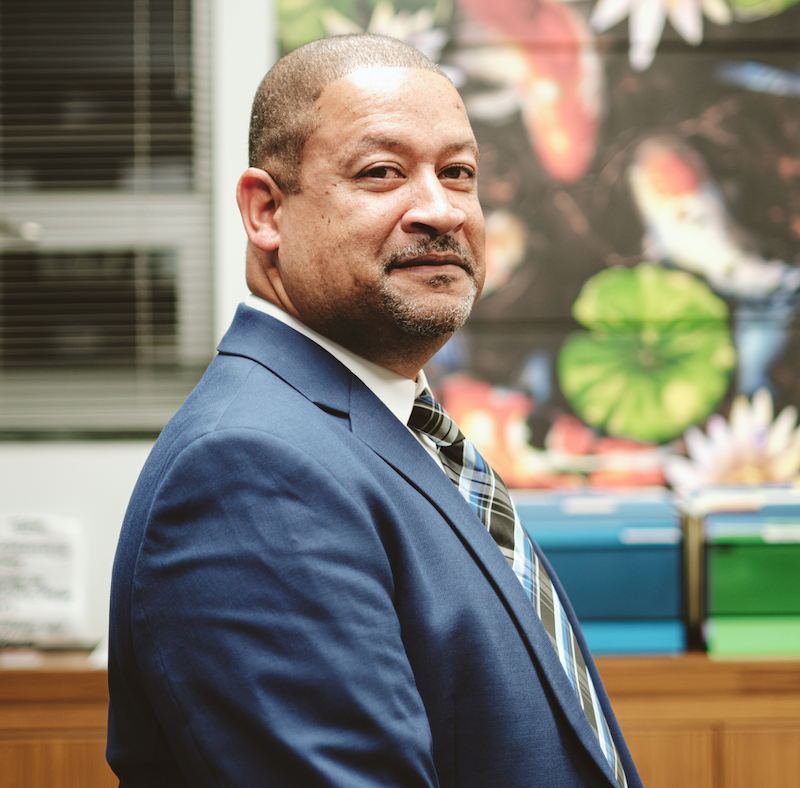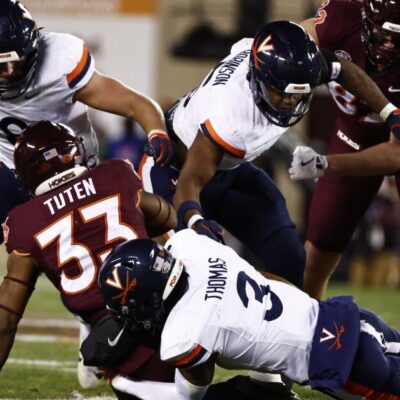As soon as Beltrone reached the troop compartment, though, he found something extraordinary: The canvas bunks were absolutely covered with troop graffiti—not from the WWII or Korean War troops the ship had ferried, but from soldiers heading to Southeast Asia in 1966 and 1967.
“It was sort of like bathroom graffiti,” Beltrone explained to Ace. “But this material was left by soldiers and marines who thought that nobody in the public would ever see it. It was meant only for their comrades.”
Knowing that he had discovered a treasure trove of illuminating historical info, Beltrone sprung into action. “We were told that the ship would be scrapped,” he recalls. “I realized that the material should be saved, so I talked to my wife, and we interfaced with the Maritime Administration to pull the material off it, and get it to the Smithsonian and other museums around the country.”
Having published a book with his wife, Lee (Vietnam Graffiti: Messages from a Forgotten Troopship), Beltrone continues to advance the project by attempting to contact the grafitti’s original authors, and to record their oral histories for posterity.
One history he has yet to obtain, however, is that of “Bill,” the only Albemarle-area soldier whose grafitti has been discovered aboard the Walker. (The inscription read, simply, “Miko, Okinawa—Charlottesville, Virginia, Bill.”) Beltrone is fairly certain that Bill wasn’t killed in action, as there is no “Bill” from Virginia listed on the Vietnam Memorial wall in Washington, D.C.
Perhaps you, or someone you know, has some info about this mysterious “Bill,” A. B. If so, you should definitely contact Art through his website at www.vietnamgraffiti.com—he’d love to know about it.





